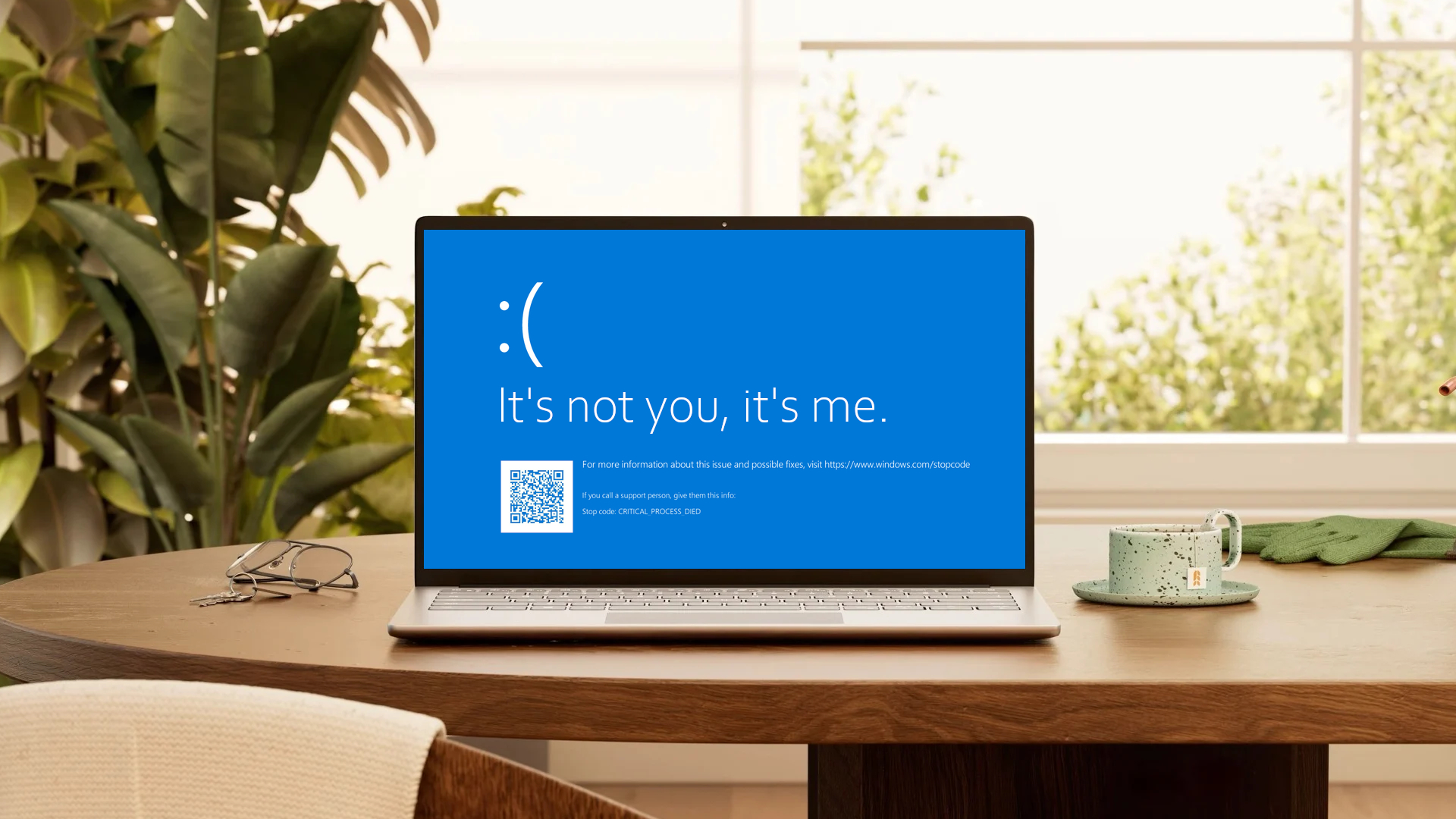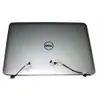Windows 10 isn't as good as you think — fight me
The sad truth about your beloved Windows 10 operating system

Windows 10 might not be the best version of Microsoft’s operating system, but it’ll undoubtedly register among people’s top three, alongside XP and the much-adored Windows 7. This is likely why so many cling to the veteran platform like the last lifeboat on the Titanic — even in the wake of Windows 11, a more modern and better-outfitted operating system.
That’s right, I said it. In the great war of Windows 10 vs Windows 11, propaganda has played a key role, leading many to judge Microsoft’s latest operating system on hearsay or long-dated first, second, or even third-hand accounts of early adopters.
While you’re busy dodging that Windows 11 upgrade path like it’s infected with a full-blown case of the cooties, you’re actually laboring yourself with an operating system that’s lacking in features and rapidly approaching the elephant’s graveyard.
Don’t get me wrong, some Windows 10 features have their advantages, even in the face of impressive Windows 11 benefits, but is it really all it’s cracked up to be?
Design and user interface
Windows has never been much of a looker. If it was your partner, let’s just say you fell in love with them for their practicality. However, the platform has a long history of providing solid user interfaces.
Yet look at the Windows 10 Start menu, what do you see? Tiles! Ugh, what is this, a laptop or a Lumia? It takes a solid amount of mental discipline and daily meditation to scrub my brain clean of Windows 8 residue, yet here I am, vacantly staring a thousand miles ahead as my soul leaves my body to search for Windows 9.
While everything else looks pretty crisp, it pales when compared to Windows 11’s modern aesthetics. Which, gosh, bears a striking resemblance to your partner’s more attractive friend, macOS.
Sign up to receive The Snapshot, a free special dispatch from Laptop Mag, in your inbox.

Thanks to smoother animations and more intuitive and simplistic layouts, its interface is more pleasing to the eye and less taxing on the mind. Better still, by tweaking just a few settings, you can enjoy the best of both worlds: a familiar Windows 10 design with all of the modern Windows 11 trimmings.
If changing those settings sounds like hard work, look over here — I have a MacBook with your name all over it. In the same way Android finds itself superior to the iOS platform, the customization and fine-tuning of Windows is one of its key strengths. Being able to make these adjustments is one of the reasons so many love the platform in the first place — and quite frankly, Windows 11 offers more options.
Compatibility and requirements
Just like George Washington, I cannot tell a lie. As such, I cannot deny Windows 10 its moniker of "old reliable.” But that’s exactly what it is — old and best suited for older hardware. What was once intended to be the last version of Windows has settled in front of the fireplace with a warm blanket on its legs and accepted its fate as just that last version of Windows.
There’s a lot of fuss linked to Windows 11’s hardware requirements, but you’d be hard-pressed to find a modern laptop incapable of leaping over this bar for entry as if wired up like a NASA astronaut on a Hollywood sound stage. And if you’re running a system with less than 4GB of RAM and a single-core 1Ghz processor, I promise you, your operating system isn’t the only thing in dire need of an upgrade.

Features and security
Sure, Windows 10 is stable, but that’s only because it’s now treated like Microsoft’s red-headed stepchild — fed only scraps from the table when it comes to the more impressive updates released. As it stands, Windows 10 gets the watered-down versions of key features like virtual desktops, DirectStorage, and Snap Layouts.
If you own a 2-in-1 laptop, you owe it to yourself to shed Windows 10 and adopt Windows 11’s improved touch and gesture capabilities. And if you want to enjoy the latest AI-backed features like Copilot, CoCreator for Paint, ClipChamp AI video editor, and even tabbed Notepad, Windows 11 is a no-brainer.
But Windows 10 lacks not only features but also security, or at least it will do soon. While nothing is stopping Windows 10 users from using TPM 2.0 or hypervisor-protected code integrity (HVCI), these options are enforced by default on Windows 11.
Moreover, Windows 10 is creeping towards its end-of-life date of October 14, 2025, which means there will be no more security updates keeping your system protected.

Outlook
I won’t take anything away from Windows 10 being a great operating system. There’s a reason it maintained ~70 percent of PC users as of April 2024. It’s no Vista, that’s for certain. However, it’s slowing down in its old age, and soon, it’ll be rendered obsolete entirely. You can hate it, but outside of holding out hope for Windows 12, wherever it is, you’d better begin to embrace Windows 11.
You might even find plenty to enjoy in the process. After all, Windows 10 isn’t as good as you think. Not anymore, anyway.
More from Laptop Mag
- How to upgrade to Windows 11
- Windows 11 vs. Windows 10: The biggest upgrades you need to know
- Where is Windows 12 and can we expect it in 2024?

Rael Hornby, potentially influenced by far too many LucasArts titles at an early age, once thought he’d grow up to be a mighty pirate. However, after several interventions with close friends and family members, you’re now much more likely to see his name attached to the bylines of tech articles. While not maintaining a double life as an aspiring writer by day and indie game dev by night, you’ll find him sat in a corner somewhere muttering to himself about microtransactions or hunting down promising indie games on Twitter.










